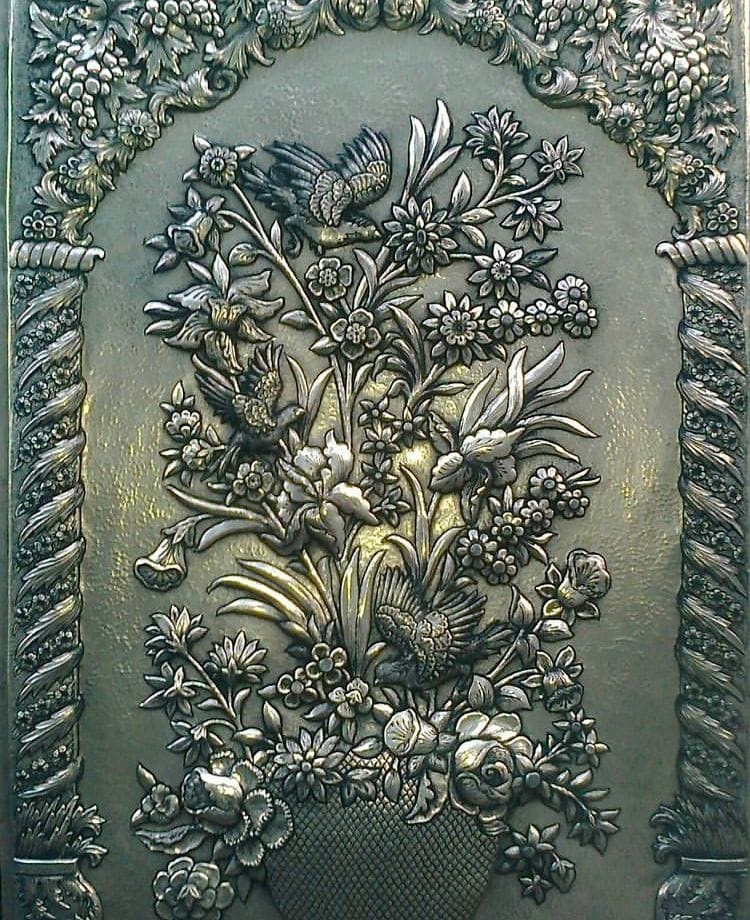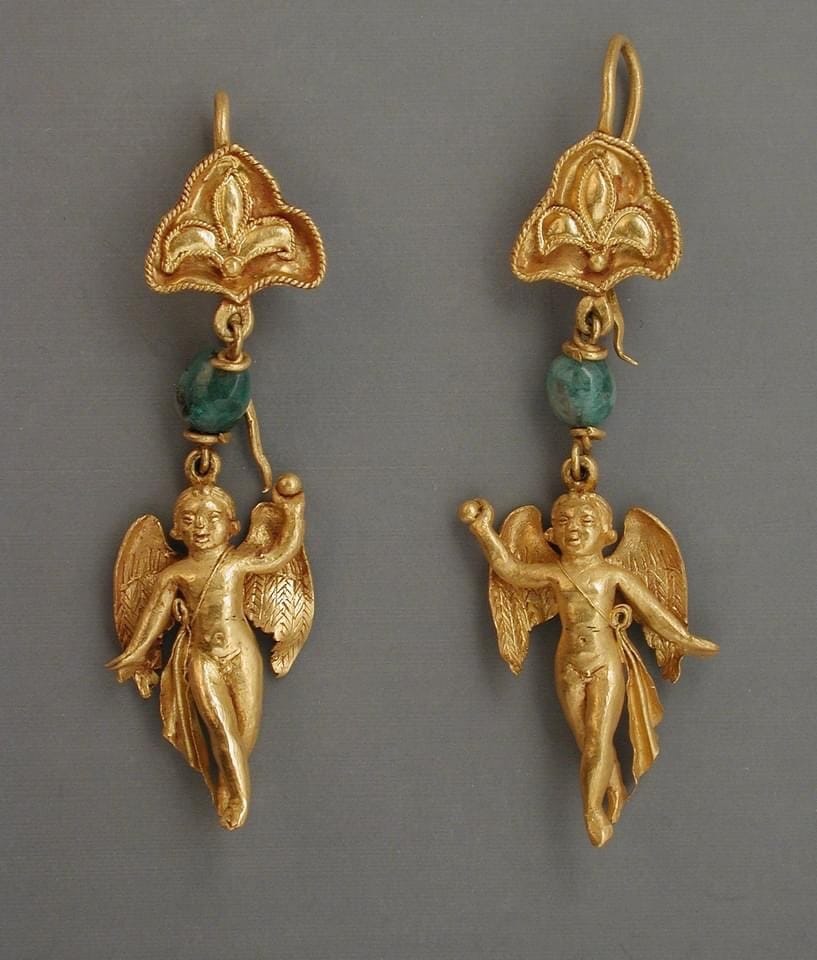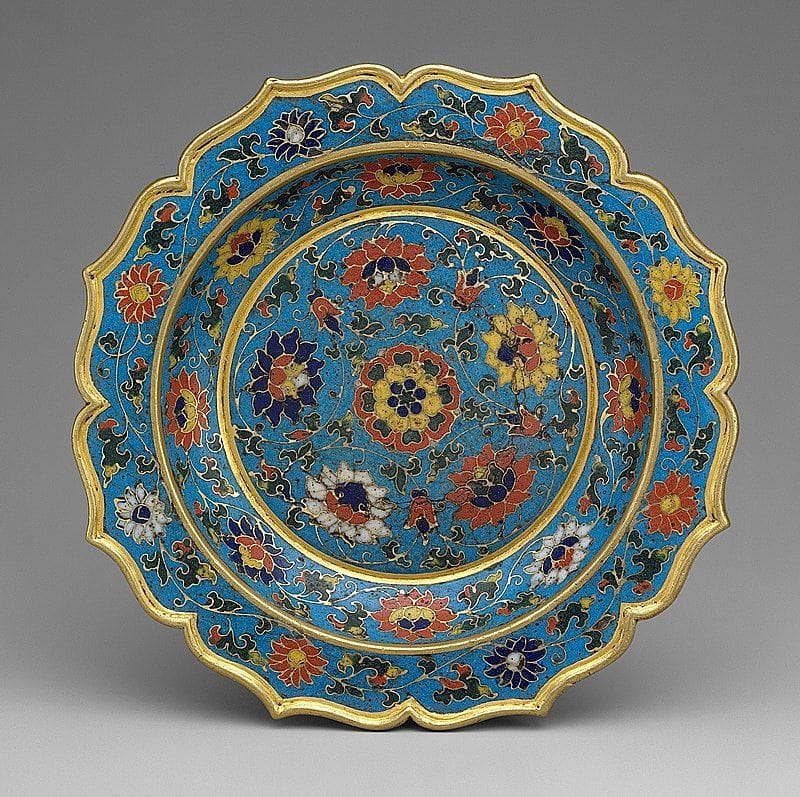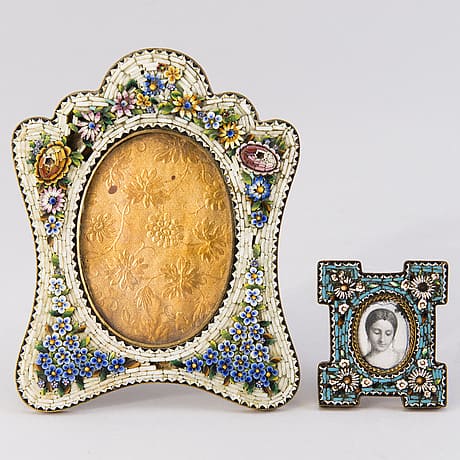28 Jun The Art of Jewelry: Important Historical Techniques
[vc_row css_animation="" row_type="row" use_row_as_full_screen_section="no" type="full_width" angled_section="no" text_align="left" background_image_as_pattern="without_pattern" css=".vc_custom_1624936967294{padding-right: 15px !important;}" z_index=""][vc_column offset="vc_col-lg-12"][vc_column_text]The Art of Jewelry: There is something about jewelry that engages even the most Spartan of women. You can see the sparkle of the stone and the metal reflected in their eyes as they bend over the counter. Because so much of the history of jewelry is tied up with culture and anthropology, innumerable craft techniques have sprung up around it because it is so desirable. We've examined some in our recent blogs. Today, in the concluding one, we will look at a few more. RECENT ARTICLES ON THE ART OF JEWELRYTHE BEAUTIFUL ART OF ENAMELED JEWELRY
READ MOREMICRO MOSAIC A POPULAR ART FROM THE 19TH CENTURY






